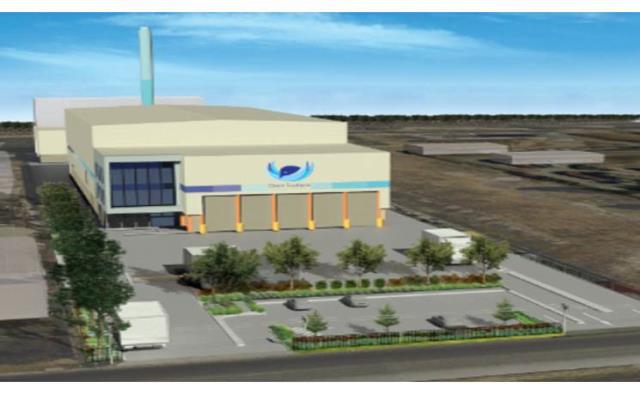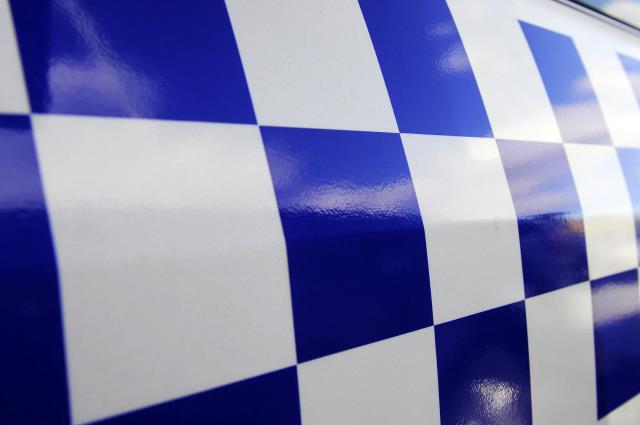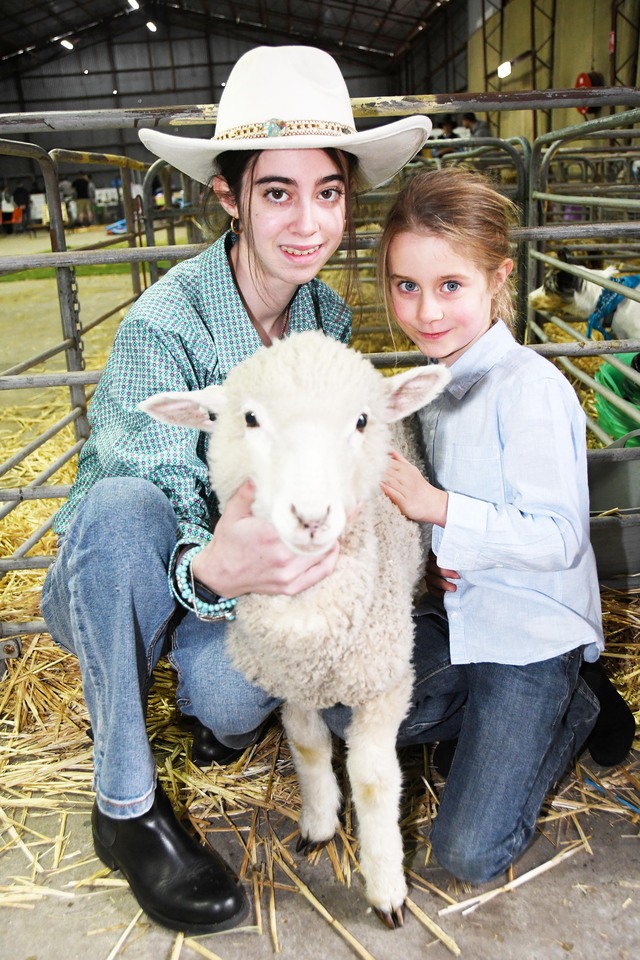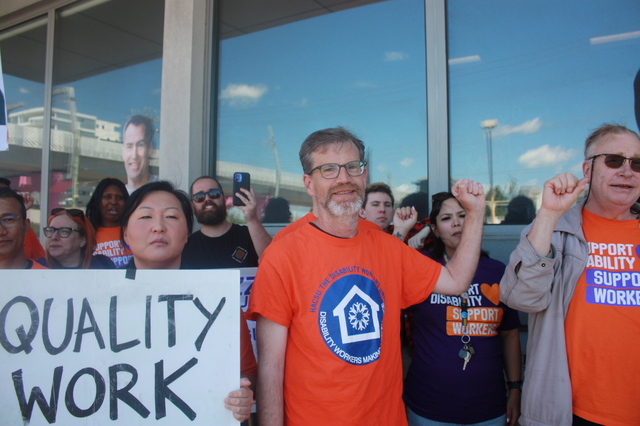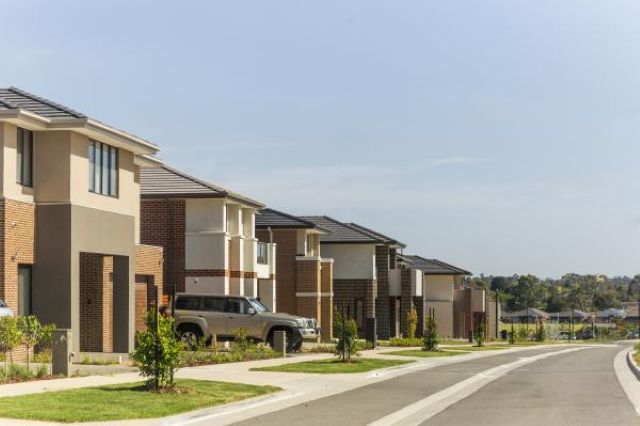Greater Dandenong Council has sent out mixed messages after a waste-to-energy plant in Dandenong South has moved a step closer.
The council has opposed the Great Southern Waste Technologies project in Ordish Road, and as recently as last week confirmed it would not supply waste to the plant.
It also recently pulled out of signing a 25-year contract to supply South East Metropolitan Advanced Waste Processing Pty Ltd’s possible waste-to-energy plant.
However in a statement on the GSWT plant on 19 May, Greater Dandenong mayor Jim Memeti said the council “look(ed) forward to working closer with all organisations that implement waste to energy technologies”.
“Both detailed planning and design will be informed by relevant permits and approvals issued amongst others by the EPA and VCAT, with all relevant technical, environmental and construction requirements reviewed as part of these processes.
“As we work towards achieving our sustainability goals and the actions of our Climate Emergency Action Plan, we look forward to working closer with all organisations that implement waste to energy technologies to reduce landfill and greenhouse gas emissions.”
Prior to its approval, the project was opposed by councillors, schools and residents in Dandenong South and Keysborough due to health and environmental concerns.
Keysborough South Ward and Greens councillor Rhonda Garad called for the council to explore “viable alternatives” for disposing waste.
“We are, as a community, allowing an industry that’s pumping out known carcinogens to function close to residential areas.
“It might have all of the approvals but it doesn’t pass the community ‘pub test’.”
Cr Garad said the community wasn’t told how the plant would contain its fly ash, where its “very toxic waste” would be dumped and oversight of what waste was being burnt or emitted.
She was also concerned that the filtration system would capture 90 per cent of toxins, meaning 10 per cent were still emitted.
“If you create toxicity, it’s going somewhere. Why create it in the first place?
“There’s no justification for creating an environment that’s a threat to anyone’s health.”
Dr Ben Ewald, a GP, academic and member of Doctors for the Environment Australia, says he wouldn’t trust a waste-to-energy plant in his suburb.
“If it’s done perfectly, it’s actually a good idea.
“If it’s pure food scraps burnt, it can give you energy to replace coal generators and not end up with too much noxious substances up the chimney.
“And it also avoids the methane generated in landfill, which is a greenhouse gas.”
The drawback was that it was hard to control what goes into the plant’s waste stream, Dr Ewald said.
Some types of plastics shouldn’t be burnt, nor should the noxious metals like lead and cadmium from old car batteries.
“There’s no mechanism that would catch that problematic battery before it’s shovelled up into the furnace.
“I wouldn’t trust a company that’s concerned with maintaining costs to look closely at what’s going in.
“And I wouldn’t trust the EPA (Environment Protection Authority Victoria) to always keep a close eye and to pull them up.”
An EPA spokesperson said air monitoring and emissions management were “high priority requirements” for the plant’s approval.

